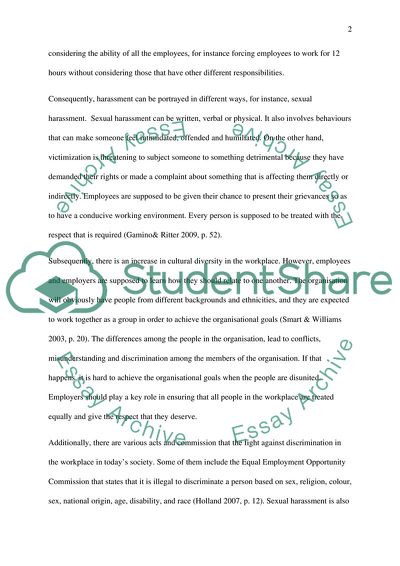Cite this document
(“Discrimination At the Work Place Essay Example | Topics and Well Written Essays - 2000 words”, n.d.)
Retrieved from https://studentshare.org/social-science/1687819-discrimination-at-the-work-place
Retrieved from https://studentshare.org/social-science/1687819-discrimination-at-the-work-place
(Discrimination At the Work Place Essay Example | Topics and Well Written Essays - 2000 Words)
https://studentshare.org/social-science/1687819-discrimination-at-the-work-place.
https://studentshare.org/social-science/1687819-discrimination-at-the-work-place.
“Discrimination At the Work Place Essay Example | Topics and Well Written Essays - 2000 Words”, n.d. https://studentshare.org/social-science/1687819-discrimination-at-the-work-place.


